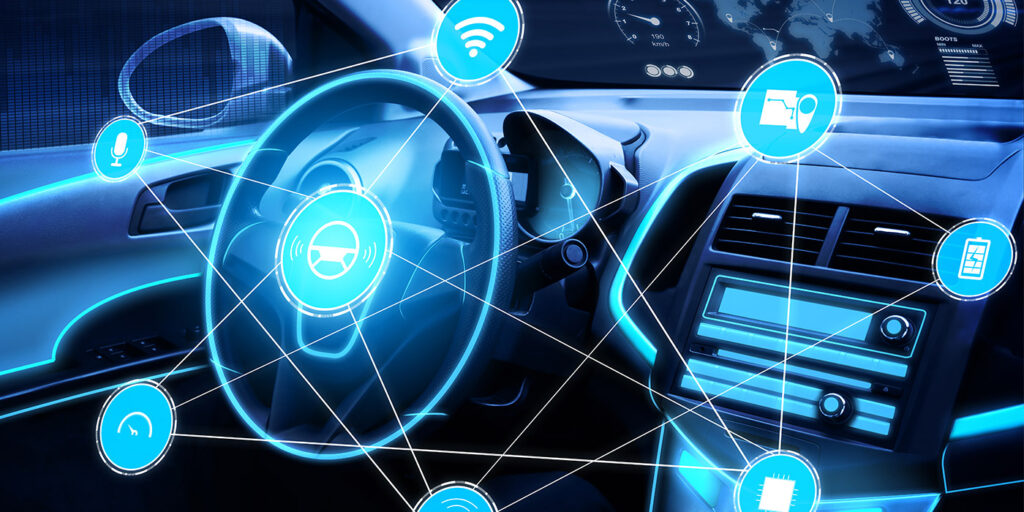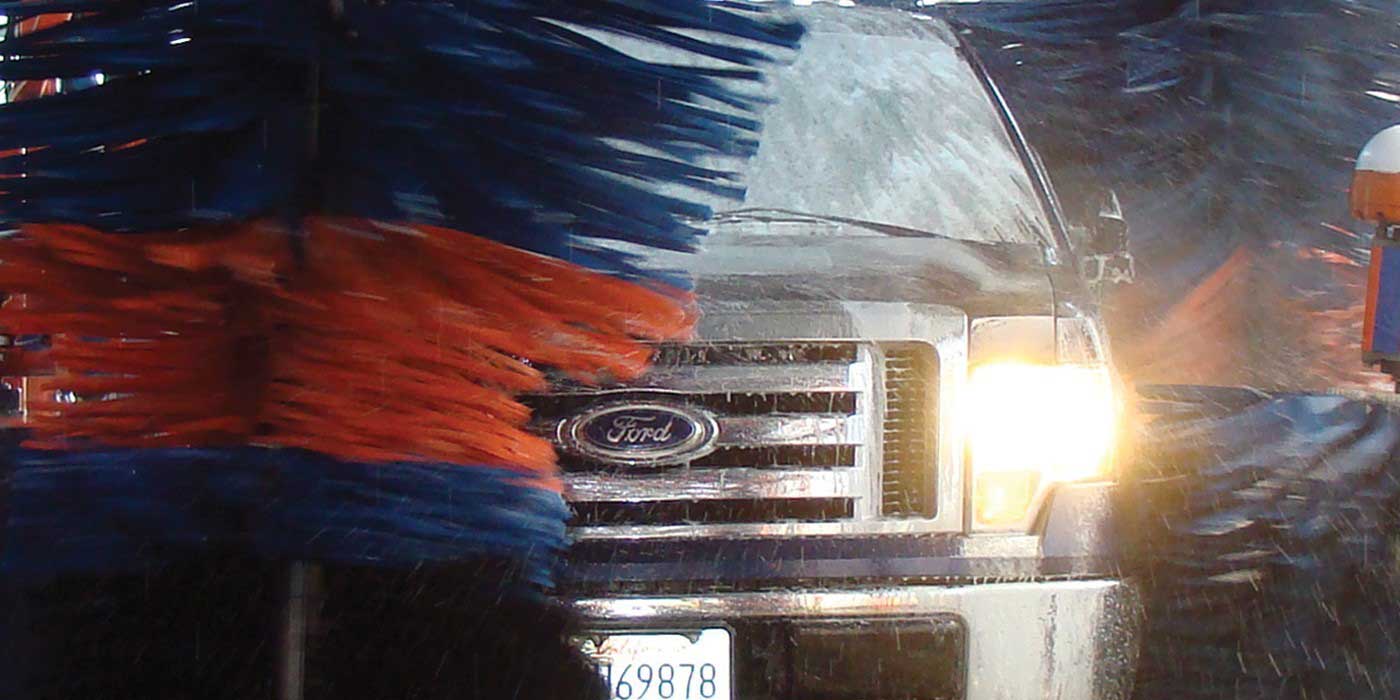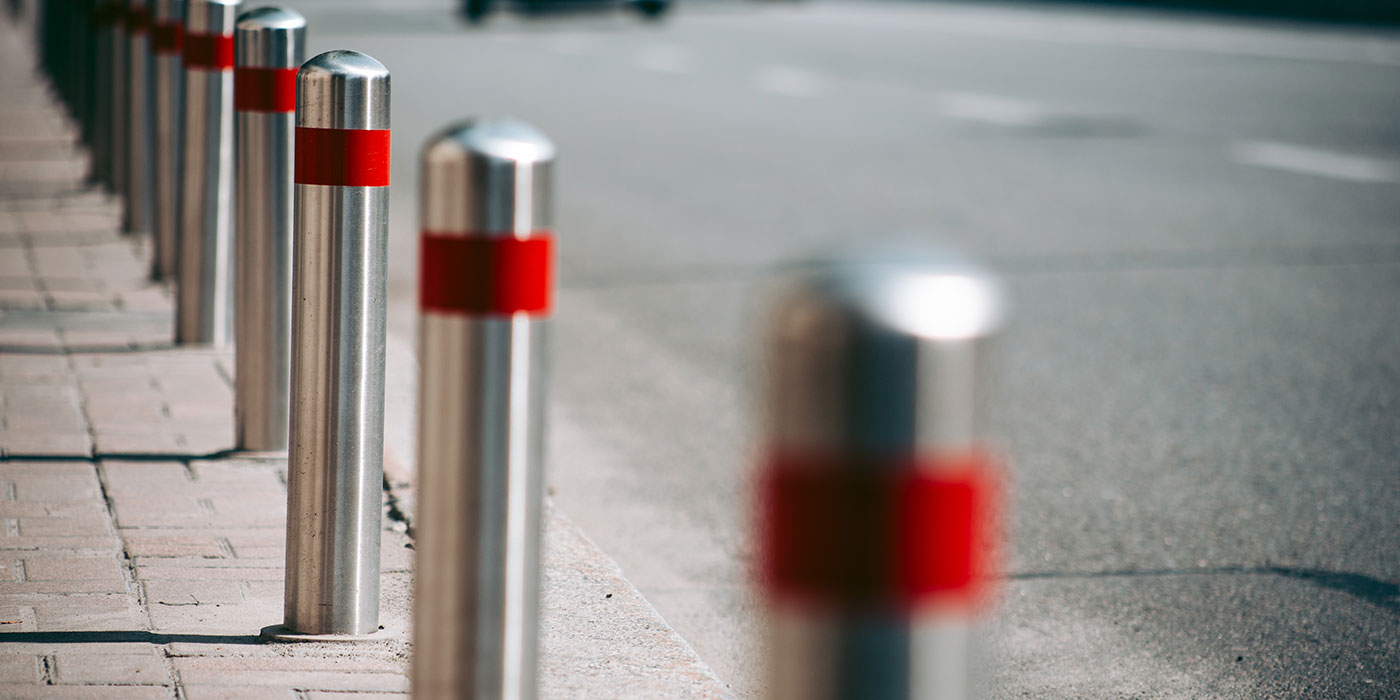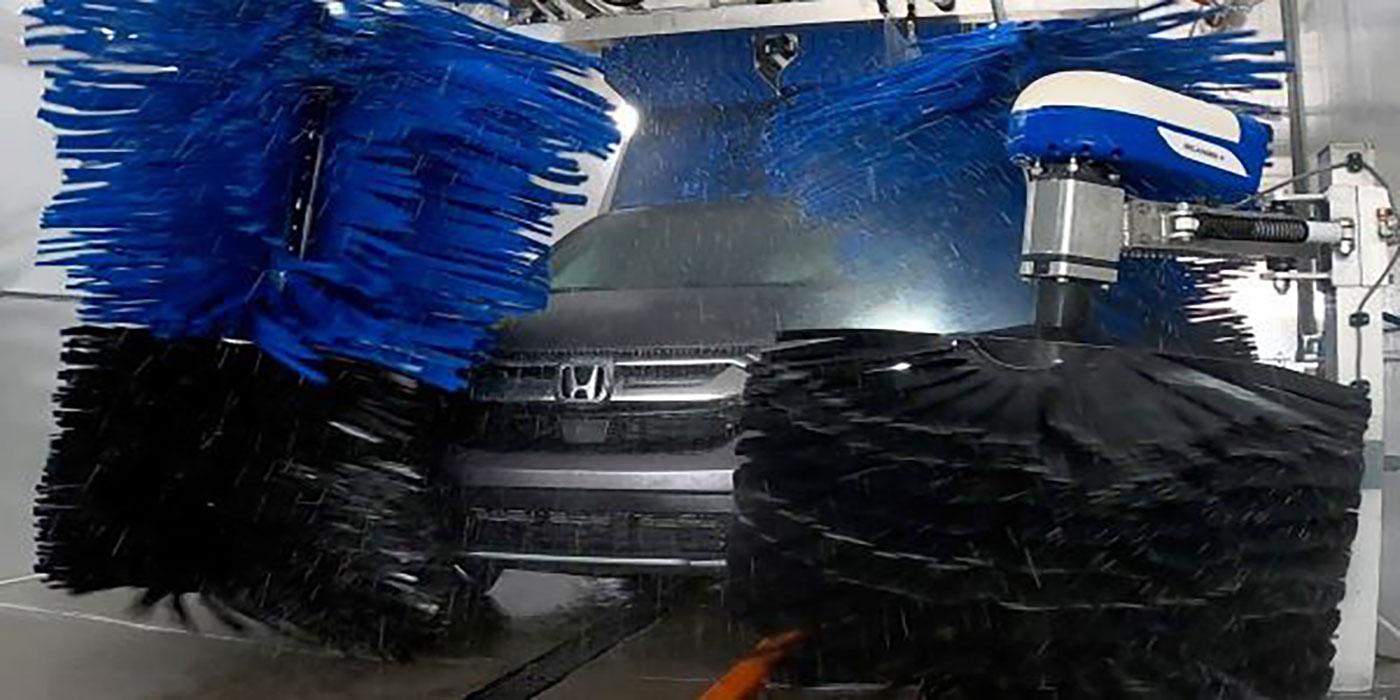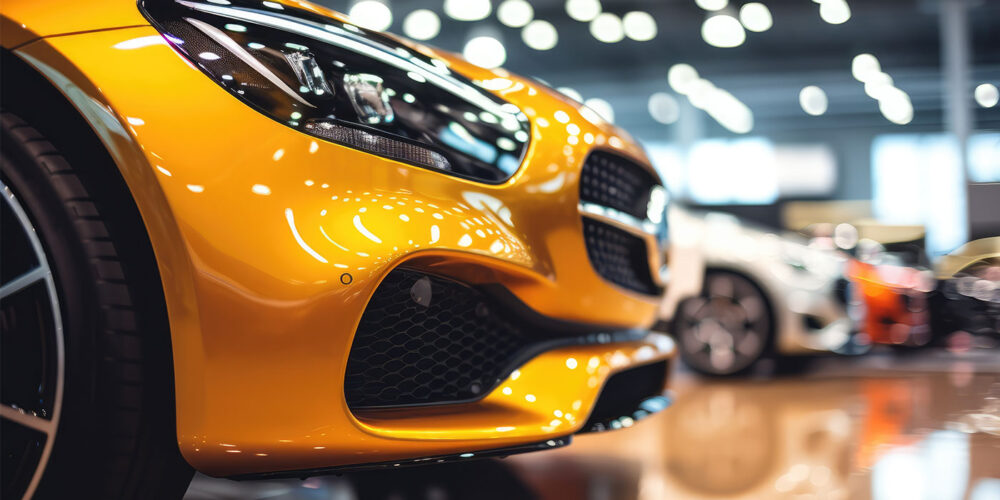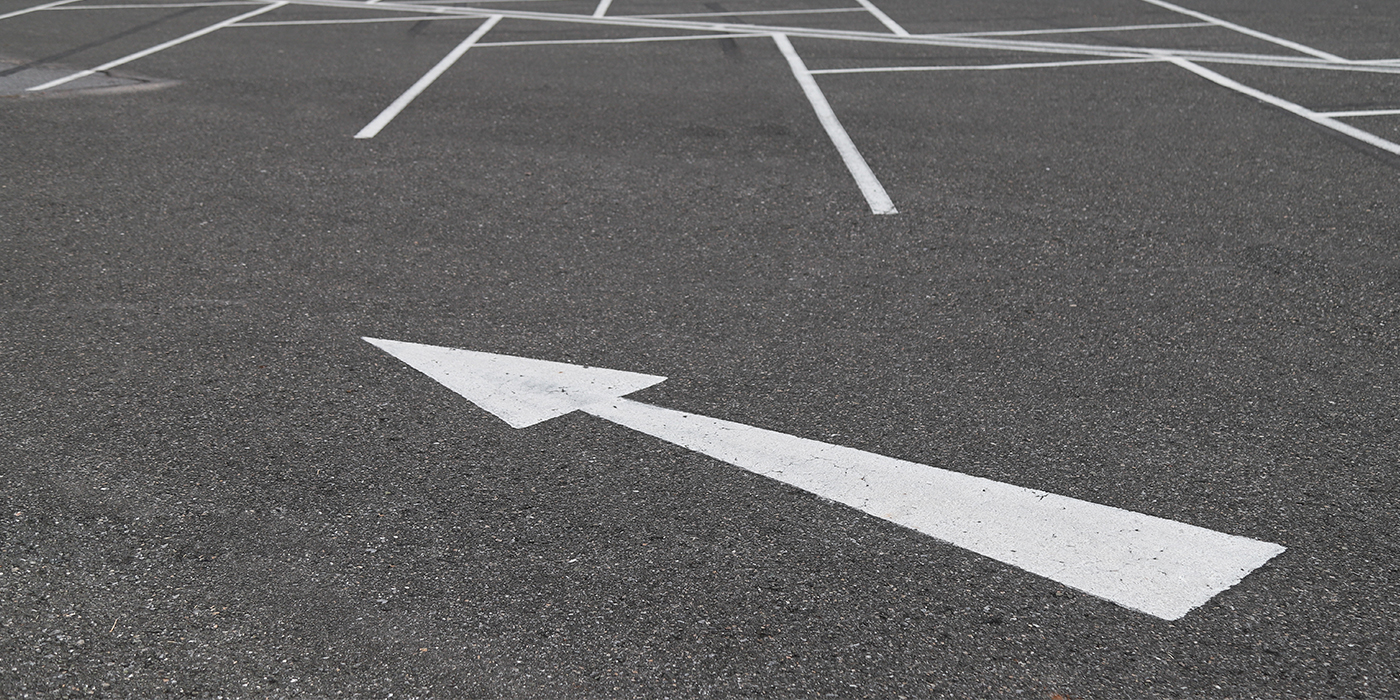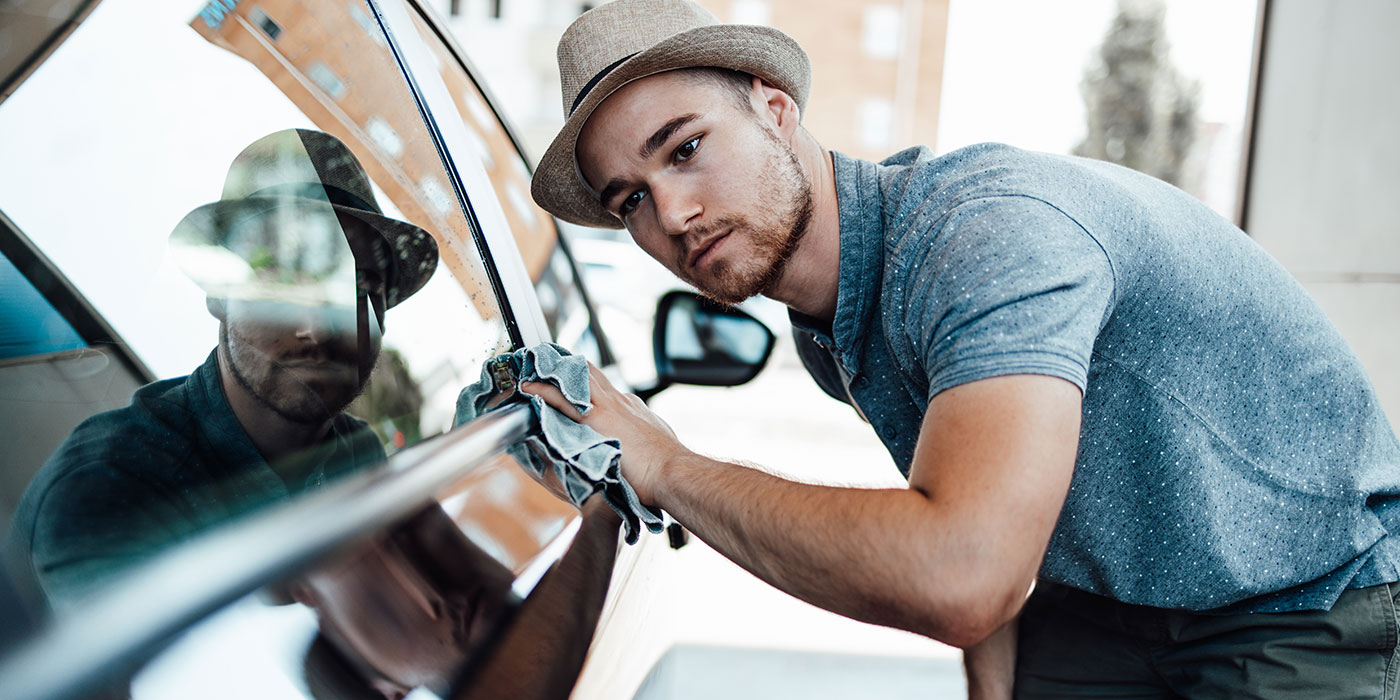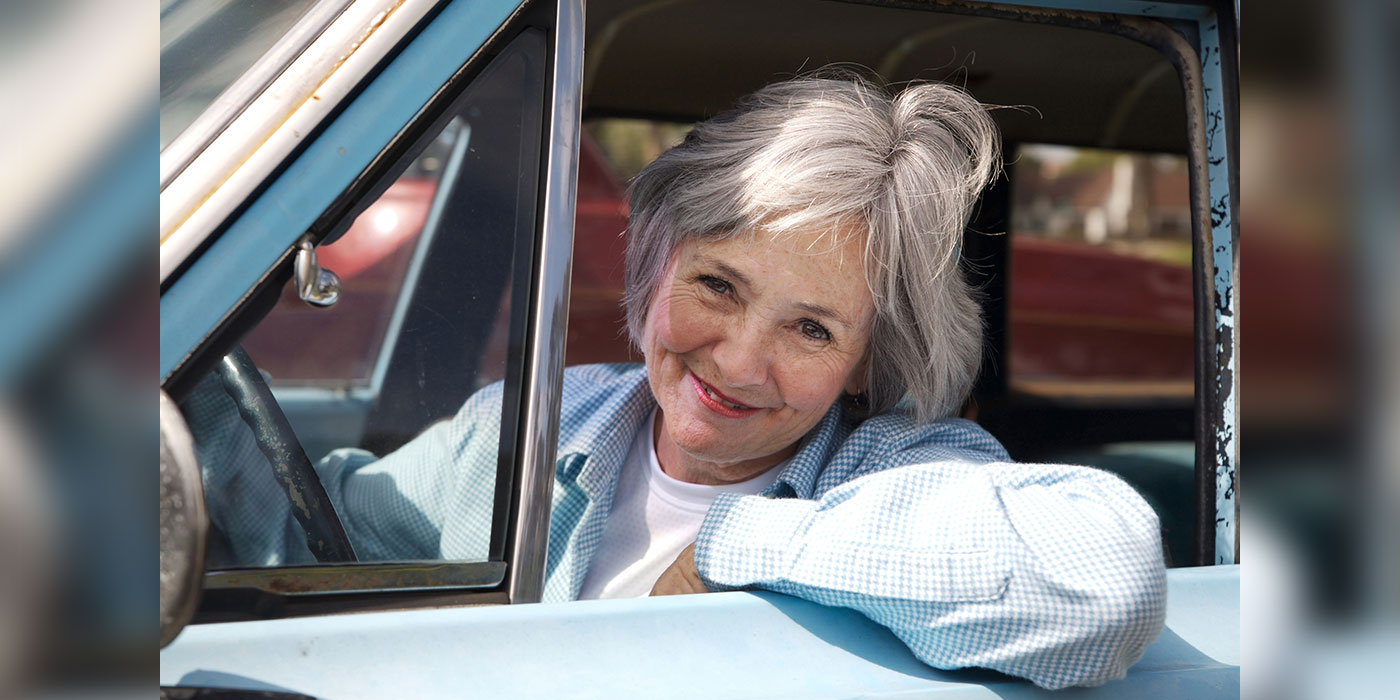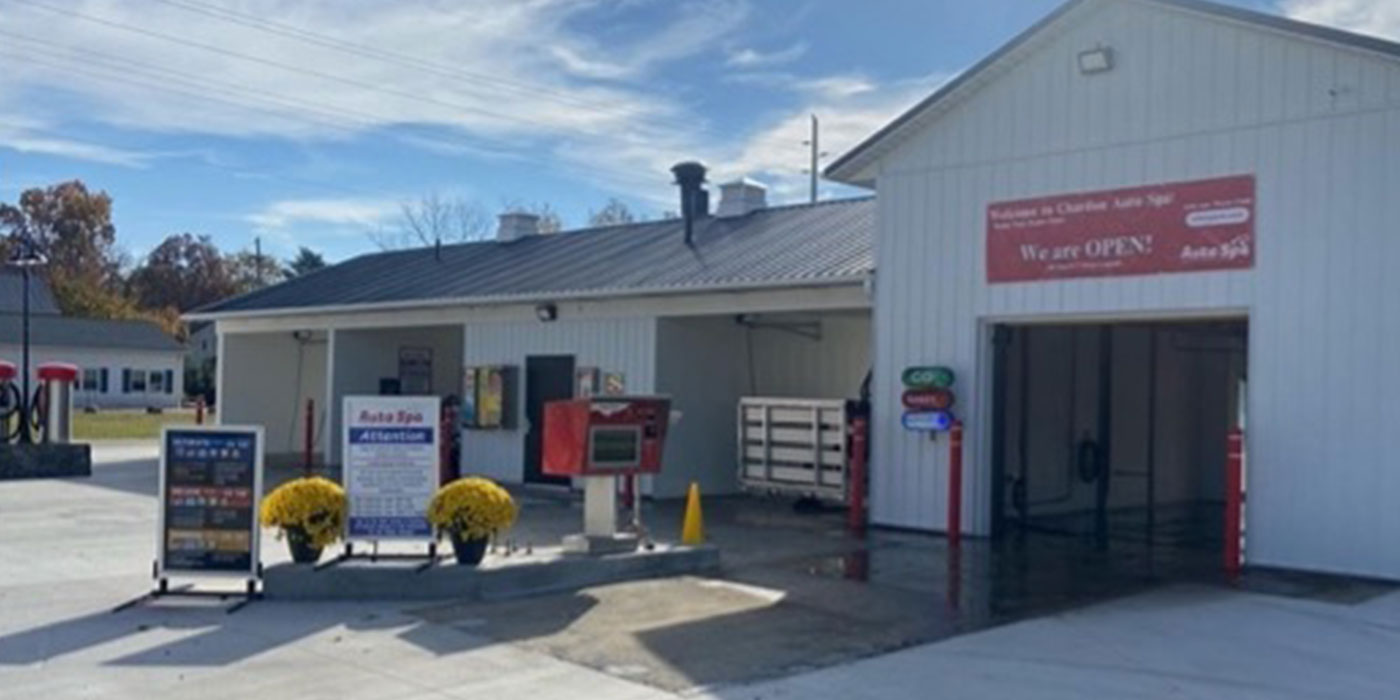Today’s cars come loaded with advanced technology. Smart features like automatic wipers, collision-avoidance systems and automatic ignitions make vehicles safer than ever, but they also introduce unique challenges. Full-service carwashes across the nation have discovered these technologies can complicate their work.
An International Car Wash Association (ICA) survey reveals most carwashes have experienced difficulties with these smart technologies. As these features become standard, carwashes must adapt — and technology might also be the solution to this tech-driven challenge. Telematics systems could provide the best way to service these vehicles safely and effectively.
How new technology pose obstacles
Smart tech in today’s cars automates many processes to make driving safer and easier. However, while these systems work well in normal driving conditions, they can introduce complications in unusual situations like automatic carwashes. These clashes make the job more difficult for car wash professionals and can even create safety hazards. Here’s a closer look.
Triggering safety features
Lane departure and collision warnings appear in most new cars today1, with many including automatic braking or steering to avoid accidents. According to the ICA survey, 37.4% of carwash facilities have seen these systems trigger during the wash cycle. When they activate in an automatic wash, they can hinder the process and damage vehicles.
If a car’s collision avoidance system triggers mid-wash, it will apply the brakes and stop the vehicle. With soap and water reducing any friction between the tires and the conveyor, the wash won’t be able to move the car forward. Consequently, cars moving in behind the stopped vehicle may crash into it, damaging both.
Keyless entry systems are another safety feature that can create obstacles in a car wash. Brushes and pressure from water streams can contact these locking mechanisms on the door, causing the car to lock, possibly with the keys inside. Owners and workers may be unable to get into the car or turn it off as a result.
Transmission difficulties
Many carwashes also encounter trouble with new cars’ transmissions. Some modern vehicles — like all Toyotas after 20202 — will automatically shift into park under certain conditions. This feature is supposed to stop rollaway accidents but can kick in and stop vehicles from going through the carwash.
Automatic park systems detect factors like slow movement and unbuckled seatbelts to determine if drivers mean to leave the vehicle. Moving through an automatic carwash may trigger those detection signals, causing the car to park itself. When that happens, it could cause collisions like automated braking systems.
Similar systems won’t let the car shift into neutral when a door is open, preventing workers from vacuuming interiors as the vehicle rolls down the line. Even if this doesn’t cause a collision, it will slow the process, frustrating both customers and employees.
Other Obstacles
Many new cars also use infrared sensors to detect rain3 and automatically activate their windshield wipers. In the ICA survey, 78.7% of facilities said they had accidentally damaged wipers when these systems kicked in. The car can’t tell the difference between a wash and rain, so it starts its wipers, potentially running into brushes and damaging itself.
Automatic start and stop systems can also pose challenges. Slow movement and the lack of anyone in the driver’s seat could cause vehicles to shut off automatically. In turn, this makes it difficult to shift the transmission and move the car through the wash.
Some newer vehicles also won’t roll in neutral without a seatbelt buckled or all doors closed. In these cases, even if workers can keep the car in neutral, it won’t move through the wash unless the driver or a worker sits in it, defeating the purpose of an automatic wash.
How telematics can help
The features behind these complications provide significant safety benefits, so they won’t likely go away. In fact, they’ll only become increasingly common, so carwash professionals must find ways to work around them. Telematics systems have emerged as one of the best possible solutions.
Telematics is a technology field that first appeared in the 1960s4 and has since become widespread among commercial fleets. These systems gather vehicle information and transmit it across wireless networks so other devices can access and analyze it. You often see it in fleet tracking solutions or customizable insurance policies, but it can also help carwashes.
Telematics solutions could automatically detect the make and model5 of incoming cars, revealing if they have any features like collision detection, automatic wipers or auto-park. The system could then deactivate any sensors in the car that would cause difficulty, then reactivate them as the vehicle leaves.
Simpler solutions could work, too, before the technology develops to enable this automated process. Telematics systems could detect any features the vehicle has, then alert workers. Employees could then go into the car to manually shut off those systems that could pose a problem before sending it through the wash, then turn them on again afterward.
Considerations for telematics systems
Implementing such a system comes with a few challenges of its own. Most notably, while transmitting information like onboard safety features across telematics solutions is possible, vehicle manufacturers would have to enable it. The efficacy of these solutions would depend on automakers’ willingness to install telematics technology to broadcast this information.
This change could take several years to happen at scale. Current telematics technologies may be able to sense cars’ make and model, but additional or aftermarket features may slip past this detection. Experts predict the aftermarket advanced driver assistance system (ADAS) market will grow by $3.15 billion by 20266, making this scenario increasingly likely.
Manually adjusting settings according to make and model readings may be necessary for the meantime as technology advances. This requires understanding how to manage these systems for different models, which will mean more training and could slow the process. Thankfully, some automakers are making this more accessible by adding “carwash” buttons that temporarily shut off any conflicting features.
Solve tech problems with tech
Technological advances often carry complicated aftereffects. Crucial safety features can actually hinder safety and efficiency in full-service carwashes, but technology may also hold the answer. Understanding these innovations and how they interact is the first step to addressing the issue.
Telematics systems present the most efficient and safest solution to moving vehicles with ADAS through carwashes. While some industry shifts and technological advancements may be necessary before this technology reaches its full potential, early signs are promising.
Sources:
1 https://modded.com/how-to-bring-new-tech-to-an-old-car/
2 https://www.techradar.com/news/all-new-toyotas-will-have-automatic-parking-from-2020
3 https://www.consumerreports.org/automotive-technology/rain-sensing-windshield-wipers/
4 https://fleet.randmcnally.com/blog/post/what-is-telematics-benefits-of-telematics-for-fleets
5 https://thenewswheel.com/new-vehicle-technology-can-be-dangerous-in-the-car-wash/
Oscar Collins is the founder and editor-in-chief of Modded, where he writes about cars, car trends and auto news. Follow him on Twitter @TModded for frequent updates on his work.

